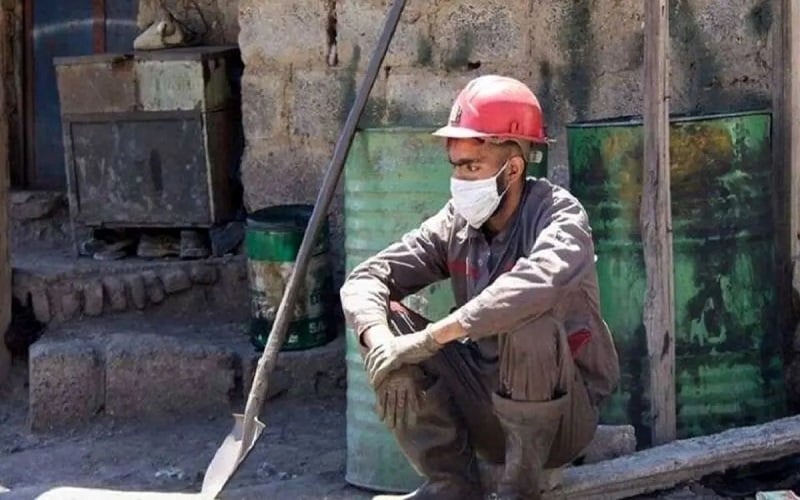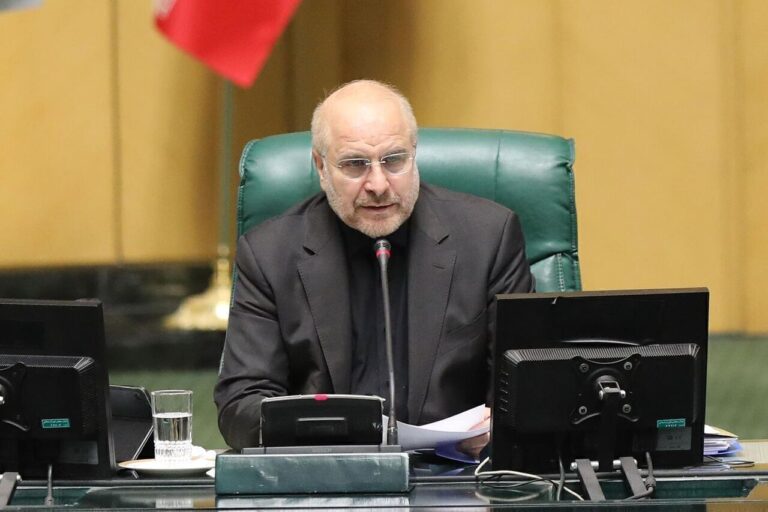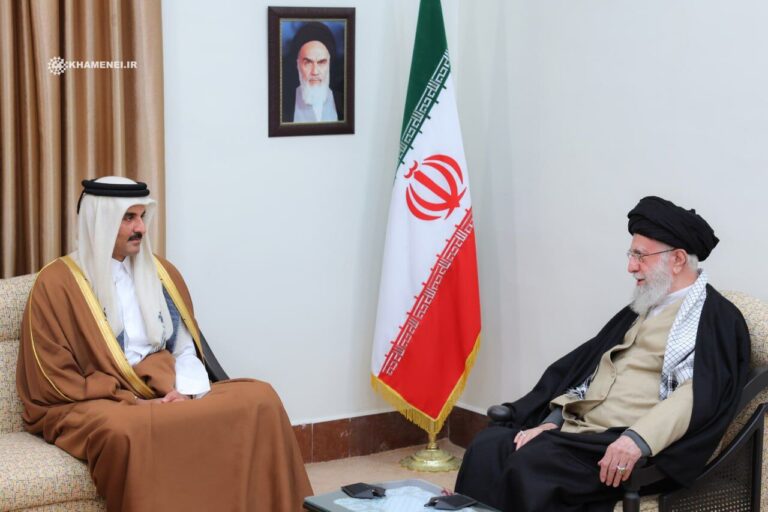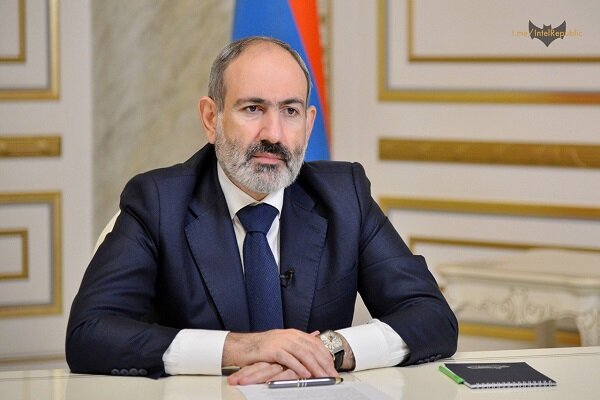Empowering Iran’s Workforce: A Bold Fight for Rights on International Workers’ Day 2025
International Workers’ Day serves as a powerful reminder of the importance of labor in fostering economic, social, and industrial development worldwide. However, in Iran, this day has transformed from a celebration into a somber reflection on the struggles faced by a forgotten and oppressed working class. As we approach 2025, the situation for Iranian workers has deteriorated, leading to conditions that can only be characterized as dire.
Wages That Do Not Sustain Life
While the Iranian regime asserts that it has increased workers’ wages in 2025, these claims are largely perceived as mere political theater, lacking genuine intent to improve living standards. Any nominal wage hikes have been overshadowed by skyrocketing inflation and relentless price increases on essential goods. Consequently, workers today find themselves in a worse financial position than they were in 2024. Official statistics indicate a staggering gap of between 10 to 15 million tomans between actual wages and the real cost of living. In reality, the average monthly salary now barely covers two weeks of basic expenses.
How can workers, preoccupied with daily survival, be expected to contribute meaningfully to productivity, innovation, or national development?
A Crisis Rooted in Basic Needs
One of the most visible indicators of declining living standards is the escalating housing crisis. In major cities such as Tehran, Mashhad, and Isfahan, rent prices have soared, turning decent housing into a luxury that many workers can no longer afford. In some urban areas, the cost of renting a small apartment exceeds a worker’s monthly earnings. The crushing burden of rent, loan repayments, food, and healthcare expenses has pushed millions of working-class families to the brink of collapse.
- Government initiatives, like the Ministry of Roads and Urban Development’s plan to acquire 75,000 housing units, may appear promising at first glance.
- However, when juxtaposed against the needs of millions of workers, such initiatives are insignificant.
- Labor activists highlight that these programs often remain theoretical, hindered by structural inefficiencies and a persistent lack of political will.
A Labor System in Name Only
Iran’s labor policy framework is fundamentally flawed. Although the regime claims to follow a tripartite model involving government, employers, and workers in labor decision-making, the reality is that workers are often marginalized. According to the executive secretary of the Khorasan Razavi Workers’ House, the Supreme Labor Council has devolved into a mechanism serving the interests of the government and employers, effectively diminishing workers’ bargaining power.
Critical issues, such as the return of the Welfare Bank to the Social Security Organization and the government’s overdue financial obligations to this institution, are consistently neglected. This oversight has brought Iran’s social welfare system to the brink of collapse, leaving both workers and retirees without the security and healthcare they deserve.
Can a system that denies its workers dignity and protection still be labeled a “labor system”? Or is it, in reality, an anti-labor apparatus?
International Commitments, Domestic Violations
While Iran purports to be a signatory to several International Labour Organization (ILO) conventions, its labor practices frequently violate fundamental international standards. Basic rights—including freedom of association, the right to strike, job security, fair wages, and comprehensive insurance—are routinely undermined. Union activities are not only discouraged but often met with surveillance, intimidation, or outright repression.
In stark contrast to many developed economies, where wage increases are crafted to stimulate domestic demand and growth, Iran’s austerity-driven policies disproportionately burden the most vulnerable populations. The widening class divide, pervasive poverty, and a growing sense of injustice are breeding widespread discontent.
From Symbolism to Struggle
Labor Week in Iran, which once had the potential to serve as a platform for engagement and reform, has devolved into a hollow ritual. In the current climate, transforming International Workers’ Day into a day of protest, rights advocacy, and alignment with broader social movements is not merely legitimate—it is essential.
Calls for meaningful labor reform have reverberated for decades, yet they continue to go unheeded. Cosmetic plans and empty slogans have failed to address the crisis. What Iran urgently requires are substantial policy changes, including:
- Genuine labor law reform.
- Revitalization of social security funds.
- Wage adjustments in line with inflation.
- A comprehensive national housing strategy.
Unfortunately, the current regime has repeatedly demonstrated its unwillingness and inability to implement even the most basic reforms.
A Warning to the Nation
The crisis confronting Iran’s workers extends beyond labor issues; it signals deeper economic and societal decay. A nation that neglects the very individuals who build and sustain its economy cannot aspire to genuine progress. The ruling elite, complicit in systemic exploitation, must recognize that Iran’s future hinges on its working class—those who drive the engines of industry and service every day, yet are denied the essentials of a dignified life.
True support for workers should be reflected in policy, not propaganda. If meaningful change continues to be denied, those who have nothing left to lose may ultimately lead the charge for justice.






